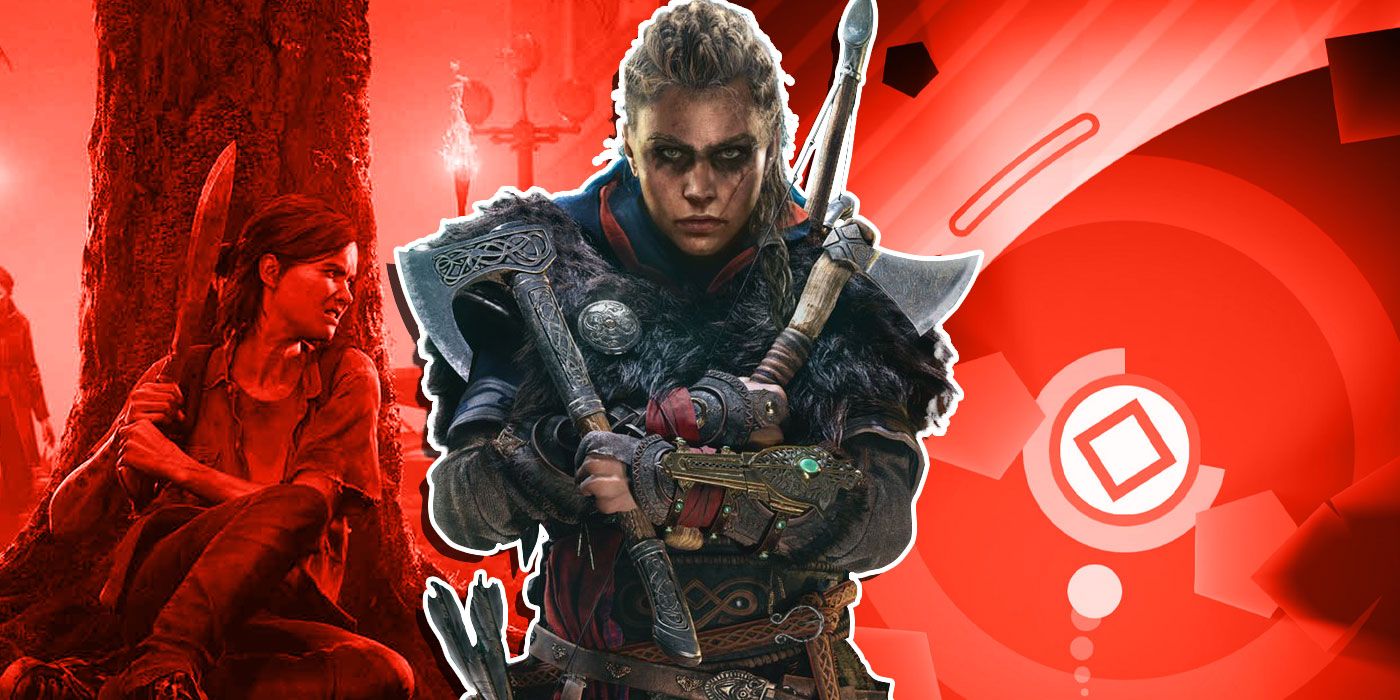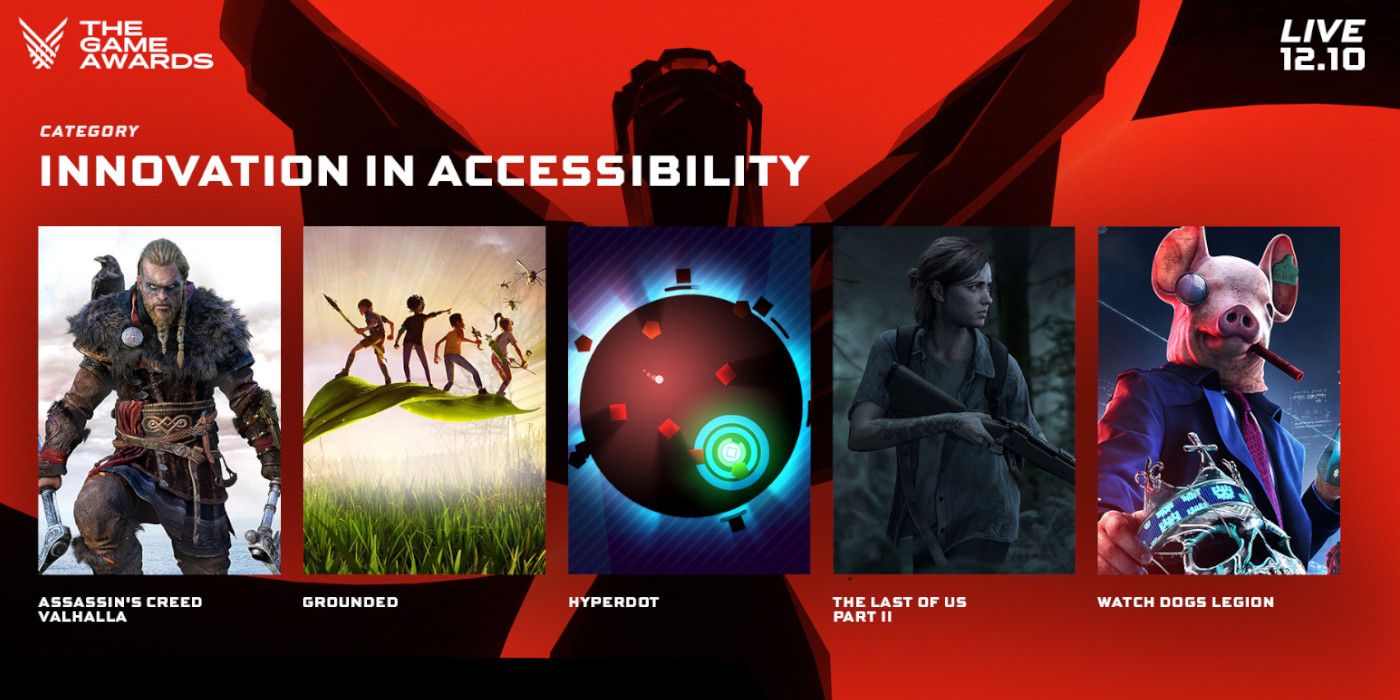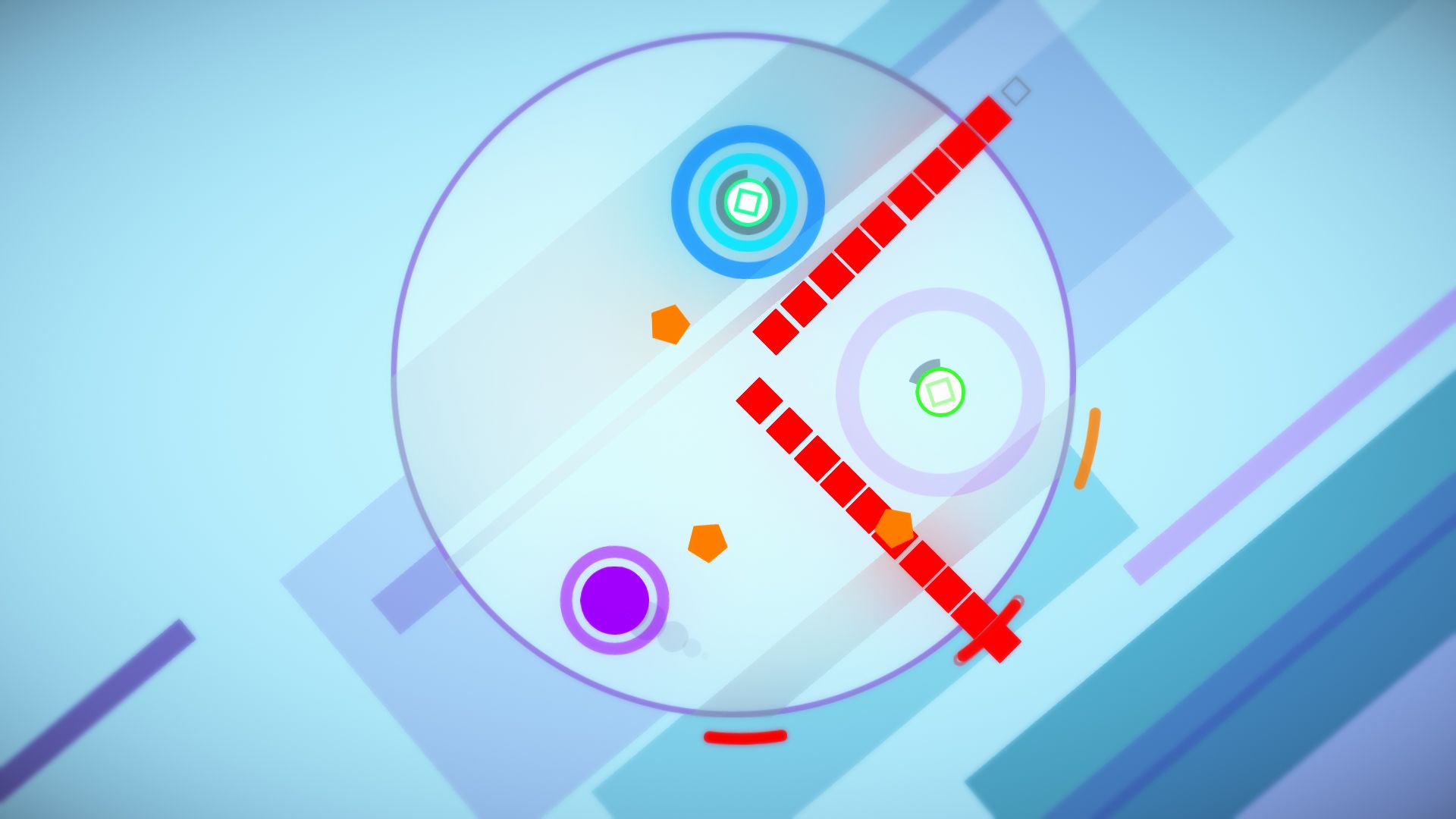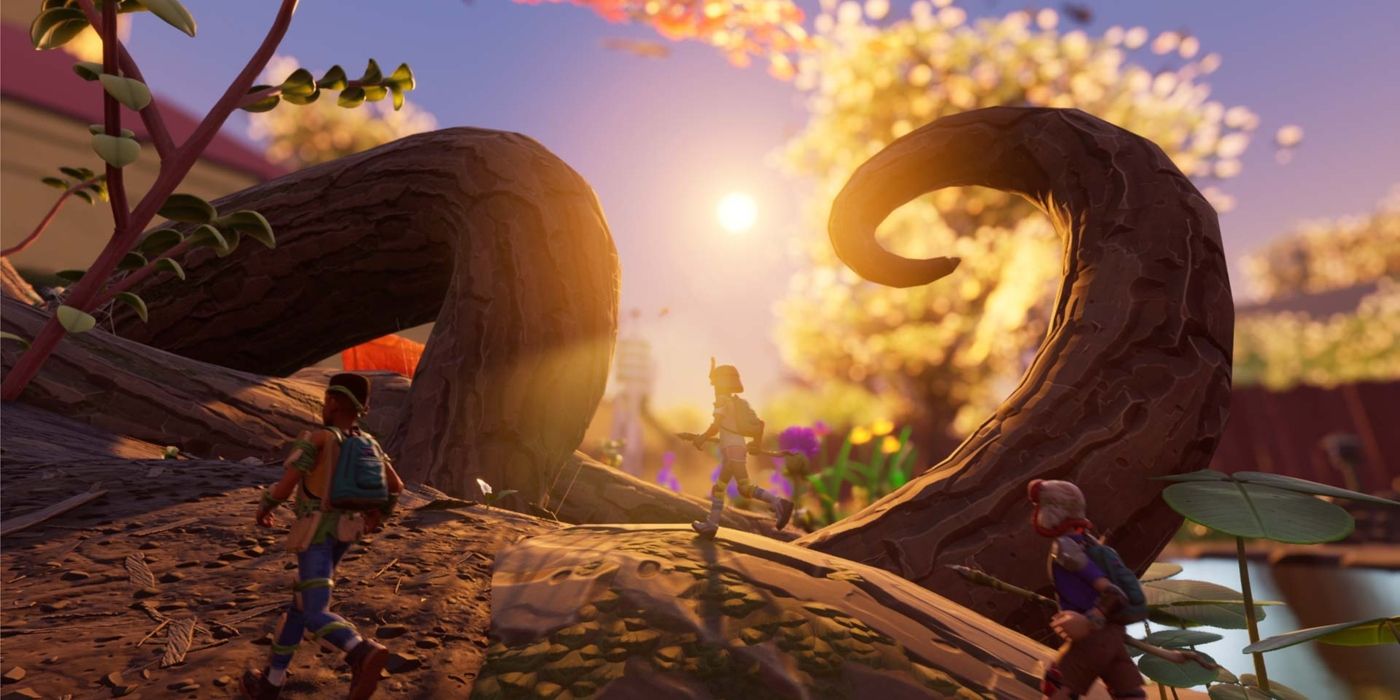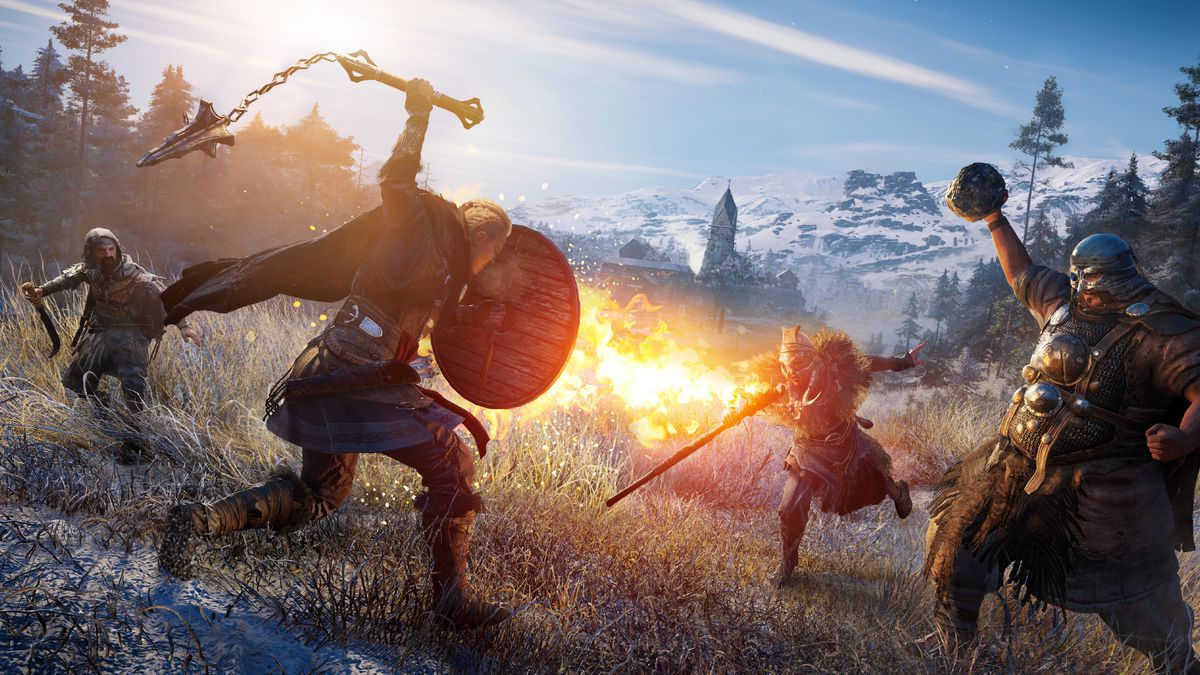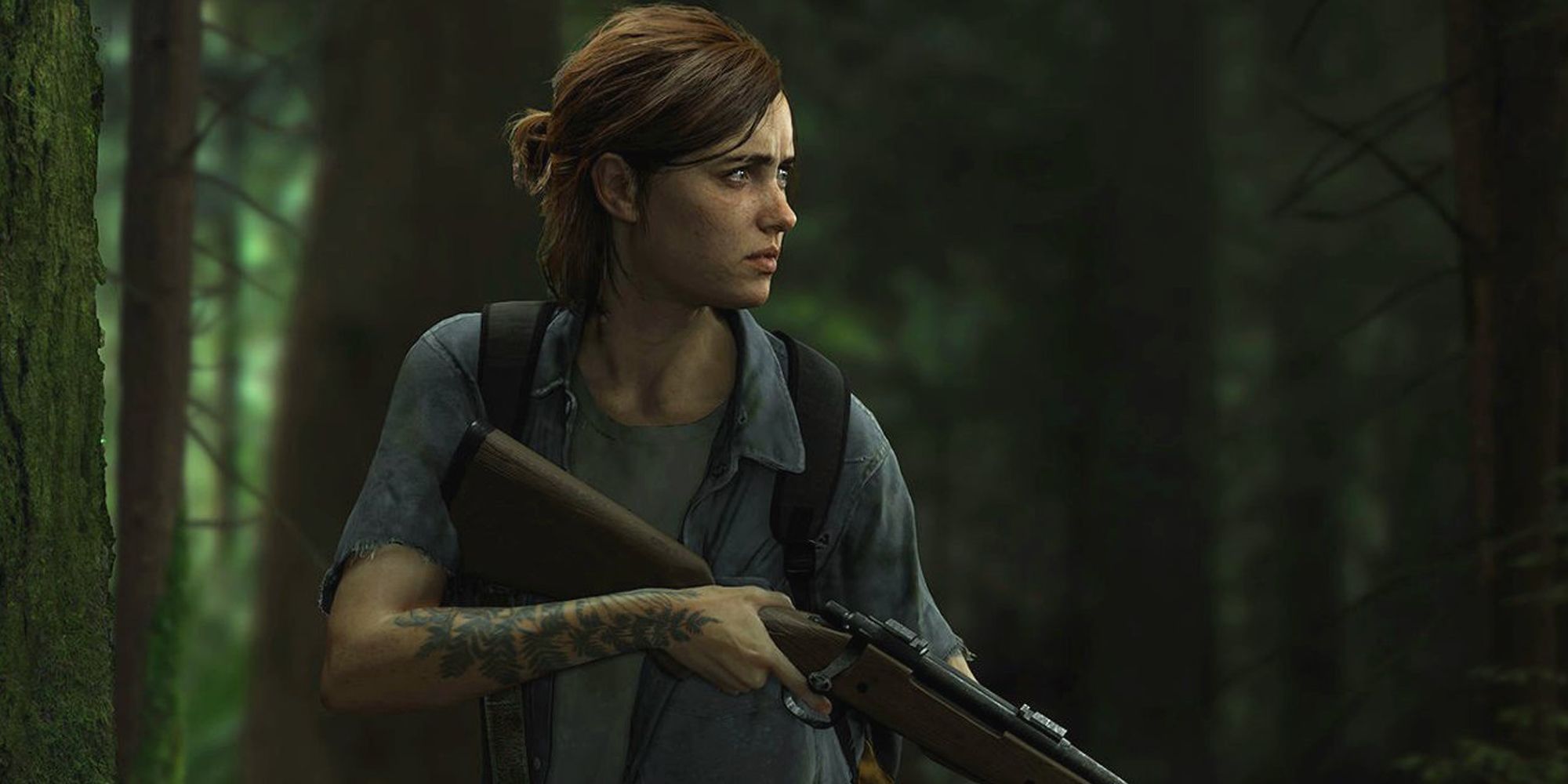As the games industry has matured and more players from all walks of life have joined the fold, one key shortcoming has become obvious: accessibility. While many think of accessibility as basic features like difficulty options and subtitles, true accessible design takes a step further.
It hasn't been until recently that robust suites of accessibility options have made their way into gaming. Considering that only a fraction of a game's player base would even use these options, accessibility is a costly and niche but vitally essential facet of modern game development. As such, it's heartening to see Geoff Keighley's Game Awards adopt a new category to celebrate this important work.
Background on Gaming Accessibility
The Game Awards 2020 will nominate five games that advance this field, crowning one as the best through its Innovation in Accessibility category. As relayed by The Game Awards, the purpose of this is "recognizing software and/or hardware that is pushing the medium forward by adding features, technology and content to help games be played and enjoyed by an even wider audience." The nominees are Watch Dogs: Legion, Assassin's Creed Valhalla, Grounded, HyperDot, and The Last of Us Part II. These five games come from the smallest indies to the largest AAA titles in the market, showing how accessibility is weaving into all sectors of the marketplace.
As mentioned previously, these games don't simply offer the cursory accessibility options that one would expect. Making a game legitimately accessible requires implementing features that allow players with various disabilities to still enjoy the experience. From visual settings that employ bright color-coding for environments and NPCs to the removal of multi-tap quick-time events, there are many scaling options that games that emphasize accessibility include. The overarching theme is about thoughtfully considering what obstacles can be mitigated by development to let more players with different backgrounds play, no matter what personal challenges they face.
HyperDot
All of the nominees exemplify this mission, but HyperDot pays special attention to accessibility. The game pivoted early on in development to being centered on accessible design. Developer Charles McGregor and his publisher GLITCH worked closely with the disabled members of the gaming community to research and sculpt an experience that the most players could engage with. After allowing disabled players to get a feel for the game through HyperDot's pre-launch campaign, McGregor worked to implement as much feedback as he could. This sort of hands-on research and development illustrates an excellent commitment to accessibility.
Grounded
Moving to Obsidian Entertainment's Grounded, the team also worked to lower as many barriers as possible. One of its headlining accessibility features is central to Grounded's design. Since it's a survival game that features characters shrunken to the point where even ants seem dominant, the team implemented an arachnophobia safe mode. This is a welcome option for those with a phobia of being pursued by spiders that would tower over the miniature player character. This supplements the more traditional accessibility options, from a colorblind mode to varying other considerations.
Assassin's Creed Valhalla and Watch Dogs: Legion
Two of the nominees, Assassin's Creed Valhalla and Watch Dogs: Legion, are both from Ubisoft, establishing the publisher at the forefront of accessible design. Compared to the other nominees, there isn't one particular aspect of Ubisoft's accessibility commitment that sticks out. Instead, the success is in the breadth of options provided. The teams at Ubisoft are excited and passionate, providing even the most granular considerations from gameplay to visuals to audio and more. The Ubisoft website lays out the extent to which accessibility matters, going as far as to pinpoint what challenges each option is designed to target. It's a testament to how deliberate and thoughtful Ubisoft's options are.
The Last of Us Part II
Naughty Dog's efforts to make The Last of Us Part II accessible are just as robust as those offered by Ubisoft. The game is touted as one of the most accessible, offering over sixty options that can be adjusted according to the player's need. Additionally, various presets were designed for visual, hearing, and motor accessibility, which can then be adjusted precisely. It's a top-to-bottom understanding of accessible design and an assertion of its importance.
Celebrating the achievements of these games is paramount to moving the industry forward. Seeing this renewed excitement and gratitude toward developers that care about expanding their player base is energizing. The work done by the teams nominated for Innovation in Accessibility is essential. It's part of a larger push too, as Microsoft doubles down on this front with its accessible Adaptive Controller and Hori does the same with its Nintendo Switch controller. This all moves parallel to Twitch's show-stopping one million dollar donation to AbleGamers, a charity that works to make games playable for those with myriad disabilities. Accessibility is important, and the industry is finally moving to address that.

